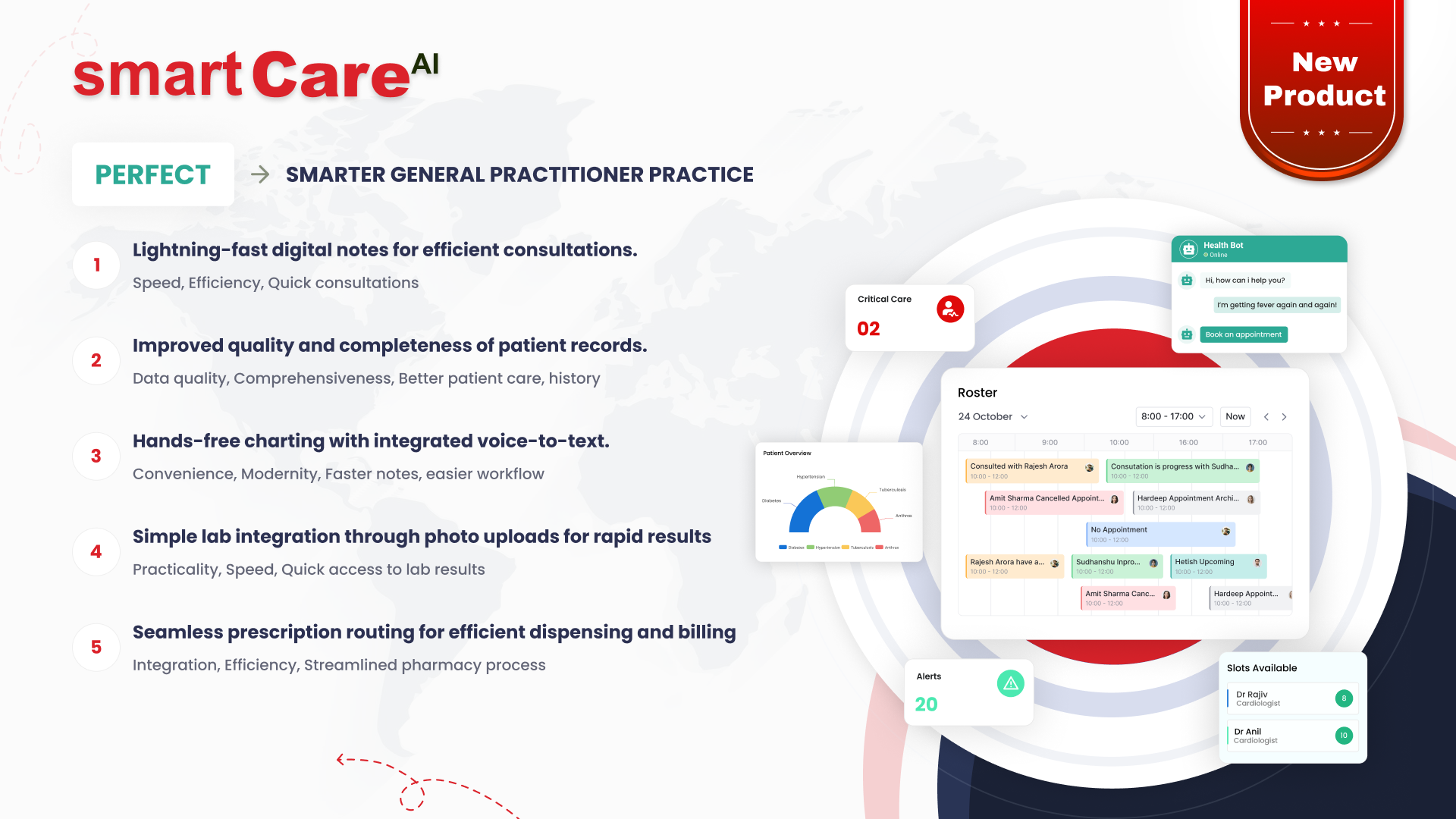Posted On July 15, 2025
Agile vs Waterfall: Which Is Best for Your Healthcare Software Project
Choosing the right project management approach is crucial for the success of any healthcare software development. With critical patient data and regulatory standards involved, the method you pick can impact timelines, quality, and overall project success. Two popular methodologies are Agile and Waterfall, each with its own strengths and challenges. Let’s explore these approaches to help you decide which suits your healthcare software project best.
Understanding the Basics: What Are Agile and Waterfall?
Before diving into their pros and cons, it’s important to understand what Agile and Waterfall really are.
-
Waterfall is a traditional, linear approach where each phase of the project—such as planning, design, development, testing, and deployment—is completed in sequence. Once a phase finishes, the project moves to the next step with little room for going back.
-
Agile, on the other hand, is an iterative and flexible approach. Work is broken into small chunks called sprints, and the software is developed in cycles. This allows teams to adapt to changes quickly and deliver usable features early and often.
Both methods have been used successfully in software development, but their differences can significantly affect a healthcare project’s delivery.
How Healthcare Projects Differ from Other IT Projects
Healthcare software projects have unique demands compared to other IT projects. Patient safety, data privacy, and compliance with regulations like the Australian Privacy Act and healthcare standards add layers of complexity. In addition, healthcare environments often require integration with existing systems, such as electronic health records (EHR), and demand high reliability.
This complexity means the development process must be carefully managed to avoid costly mistakes. The chosen methodology should support thorough testing and validation, and accommodate changes prompted by new regulations or clinical requirements.
Why Agile Is Gaining Ground in Healthcare Software
Agile’s flexibility makes it attractive for healthcare projects where requirements often evolve during development. Here’s why Agile is becoming a popular choice:
-
Adaptability: Healthcare standards and technologies change, and Agile allows teams to adjust their plans without starting from scratch.
-
Early Feedback: Clinicians and stakeholders can review and provide input on working software regularly, improving alignment with real needs.
-
Faster Delivery: By breaking work into sprints, usable features can be released early, speeding up time to market.
-
Risk Reduction: Problems can be identified and addressed earlier thanks to continuous testing and review.
For projects where ongoing changes and user feedback are expected, Agile offers a dynamic and collaborative framework.
Where Waterfall Still Works Well in Healthcare Settings
Despite Agile’s popularity, Waterfall isn’t obsolete—especially in healthcare projects with clear, fixed requirements. Situations where Waterfall may be preferable include:
-
Regulatory Compliance: When strict documentation and approval processes are needed at each stage.
-
Well-defined Scope: Projects with detailed, unchanging requirements from the outset.
-
Budget and Timeline Constraints: When the project timeline and budget must be locked in early.
In these cases, Waterfall’s structured approach provides predictability and detailed records essential for audits and compliance.
Agile vs Waterfall:Key Differences That Matter
To summarise, here are some key differences that might influence your choice:
| Aspect | Agile | Waterfall |
| Flexibility | High – changes welcomed | Low – changes discouraged |
| Project Phases | Iterative and overlapping | Linear and sequential |
| Stakeholder Input | Continuous during sprints | Mainly at start and end |
| Documentation | Lean and evolving | Comprehensive and upfront |
| Risk Handling | Early identification and mitigation | Risks may surface late |
Which Approach Handles Change Better in Healthcare Projects?
Healthcare environments are constantly evolving—whether due to new regulations, technological updates, or shifting patient needs. In this context, Agile often stands out for its flexibility. Agile methodologies encourage frequent reassessment and adaptability, allowing teams to respond to changes as they arise.
On the other hand, Waterfall follows a linear, structured process where each phase must be completed before the next begins. While this works well for projects with clearly defined and stable requirements, it can become rigid when unexpected changes surface mid-project.
If your healthcare software needs room for ongoing updates, feedback loops, or regulatory adjustments, Agile might be the better fit.
Speed vs Structure: What Does Your Project Need?
Agile focuses on delivering working features in short development cycles, known as sprints. This means healthcare organisations can start seeing results early and make iterative improvements based on user feedback.
Waterfall, by contrast, offers more structure. With thorough documentation and a clearly mapped-out plan, it supports a highly controlled process. This can be advantageous for projects where precision and compliance are non-negotiable, such as those involving patient data or integration with medical hardware.
So, if your priority is speed and adaptability, Agile may suit your needs. If it’s stability and predictability, Waterfall could be the safer option.
Real-World Examples:Agile and Waterfall in Action
Agile in Action:A hospital network developing a mobile app for patient appointment booking used Agile to release a basic version quickly. Over time, they added features like reminders, telehealth integration, and prescription tracking based on patient feedback.
Waterfall in Action:A government-funded healthcare project involving the implementation of an electronic health records (EHR) system used Waterfall. Due to compliance requirements and strict deadlines, the structured approach allowed for detailed planning and documentation before development even began.
Each approach works best in different circumstances—understanding your project's context is key.
Factors to Consider Before Choosing Your Development Method
Before making a decision, consider the following:
-
Project Scope: Is it well-defined or likely to evolve?
-
Compliance Requirements: Does your project require strict documentation?
-
Stakeholder Involvement: Will you need continuous feedback from users or medical staff?
-
Budget and Timeline: Can you afford to adjust as you go, or do you need a fixed plan?
Discussing these factors early on with your development partner will help you align the methodology with your organisational goals.
Conclusion
Choosing between Agile and Waterfall for your healthcare software project depends largely on your project’s specific needs. If your project requires adaptability, frequent stakeholder feedback, and early delivery of features, Agile is likely the best fit. However, if your project has fixed requirements, strict regulatory needs, and a clear timeline, Waterfall might be more suitable.
For expert guidance and support in managing your healthcare software projects, explore solutions at Smart Data Australia. Their experienced team understands the nuances of both methodologies and can help you choose and implement the right approach for your success.








